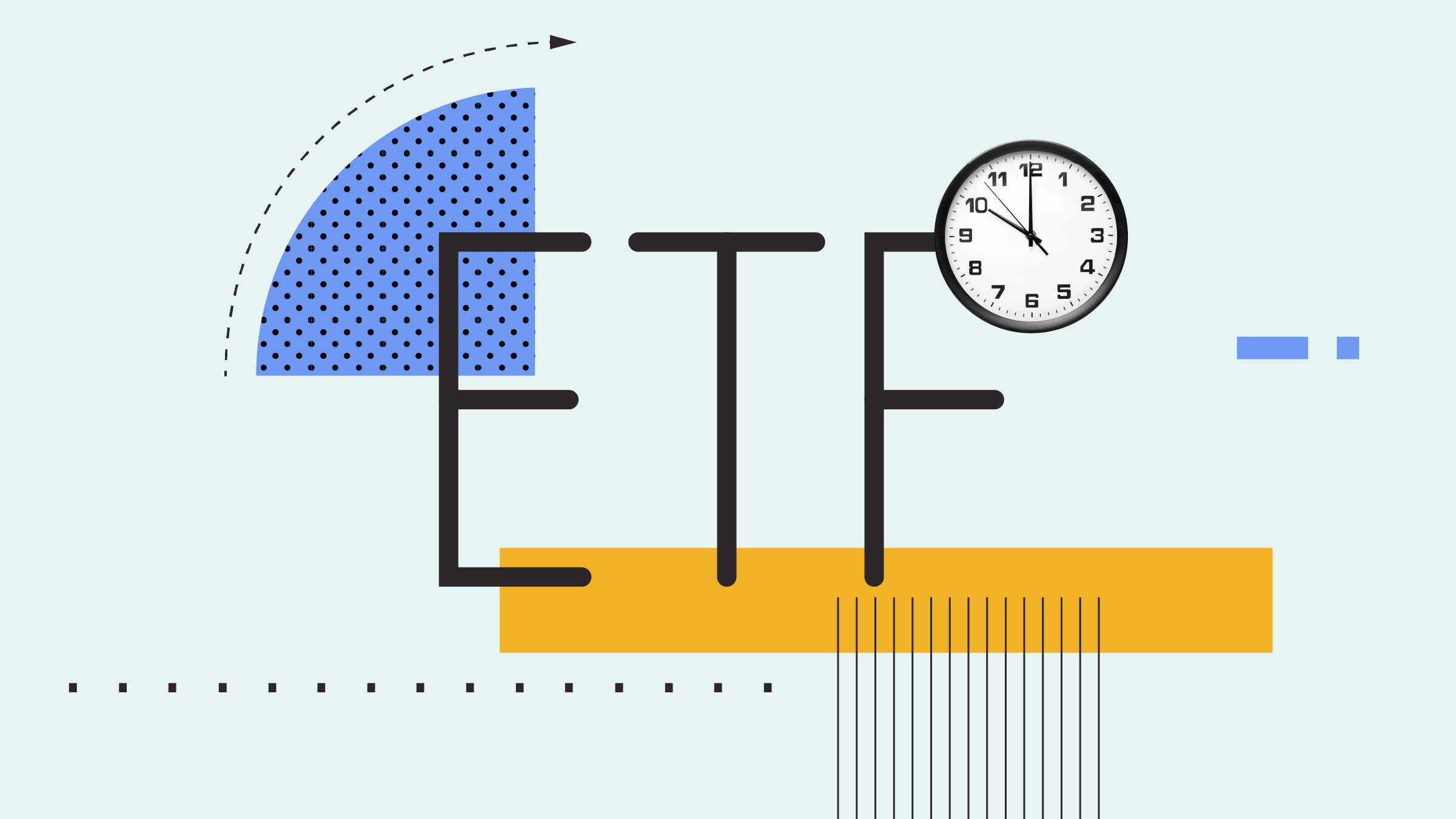Note: This article is part of Morningstar's January 2016 Five keys to retirement investing special report.
It's RRSP season and we are exposed as always to a barrage of save-for-retirement rhetoric. Everyone from your financial advisor to your neighbour is either lecturing you or seeking RRSP advice from you. The reason for all this fuss is the looming Feb. 29 deadline for making a contribution to a registered retirement savings plan for 2015. Miss the deadline and you lose a lucrative deduction on your 2015 income-tax return.
But there's another tax-advantaged means of saving for future needs that isn't subject to deadline fever: the tax-free savings account. Because TFSA contributions aren't subject to the same deadline -- they aren't tax-deductible -- it matters not when you put your money in.
There's less TFSA room this year. The maximum allowable contribution has been rolled back to $5,500, down from the short-lived $10,000 limit in 2015, introduced by the former Conservative government. Even so, the TFSA's flexibility continues to make it an attractive complement to RRSP savings.
As with any investment, the sooner you put your money in, the sooner it begins earning interest, dividends or potential capital gains. This is particularly so with a tax-advantaged scheme like a TFSA or RRSP.
But without having to worry about a tax-deductibility deadline, you can invest in your TFSA at more convenient times, well away from this perennially cash-short post-holiday period. This might be when you receive a windfall, such as a bonus from your boss or an income-tax refund (which might be due in part, ironically, to your RRSP contribution).
How TFSAs and RRSPs are similar:
- You are allowed to contribute up to an annual limit each year.
- Any amount short of the annual maximum can be carried forward for use in a future year, thus building a balance of unused contribution room.
- Both charge a penalty of 1% a month on over-contribution balances.
- For the most part, the same investments are eligible for either plan.
How they differ:
- Contributions to TFSAs are made with after-tax money and are not tax-deductible. RRSP contributions are tax-deductible and therefore made with pre-tax money.
- The annual TFSA limit of $5,500 (for 2016 and thereafter) is the same for everyone, regardless of your income. The maximum annual RRSP contribution for 2015 is $24,930 or 18% of your earned income during the year, whichever is less, and is reduced by the amount of any contributions to your employer pension plan and/or by other factors.
- Money withdrawn from an RRSP cannot be replaced, since contribution room isn't increased by the amount removed. An amount taken out of a TFSA can be replaced, as long as you wait until the following year to do so.
- Money withdrawn from a TFSA -- whether your original contributions, capital gains or income -- isn't taxable. The full amounts of withdrawals from an RRSP are taxable at your top marginal rate.
- Upon death, your estate owes no tax on money within a TFSA. Proceeds from an RRSP (or a registered retirement income fund after age 71) are fully taxed upon death, although these saving can be transferred to your spouse's RRSP or RRIF account and not be taxed until his or her death.
- There is no age deadline to close down a TFSA. An RRSP must be collapsed by the end of the year in which you turn 71.
- Amounts withdrawn from a TFSA have no impact on your ability to receive federal benefits, such as Old Age Security and, for low-income seniors, the Guaranteed Income Supplement. Income from those programs will not be clawed back. RRSP withdrawals can result in clawbacks.
Which is better for you?
While everyone's circumstances are different, for the most part those with a low income (say, $35,000 or less) probably are better off focusing on a TFSA because they can contribute the annual dollar maximum, no matter what. Higher earners favour the RRSP because they are likely to qualify for the full maximum dollar amount of annual contributions.
On the other hand, if you anticipate being in a higher tax bracket during retirement (perhaps due to income from a lucrative pension plan or an inheritance), you probably should make full use of a TFSA before turning your attention to an RRSP.
How the savings are to be used, of course, is an important factor. RRSPs almost always should be intended to provide post-retirement income. An exception would be in a year in which you have very low income, making it favourable from a tax standpoint to withdraw from the plan and be taxed at a relatively low rate. However, you would be losing the tax-deferral benefit on future income from that money.
A TFSA, on the other hand, can be used without a tax hit for any savings purpose, such as providing an eventual down payment on a home or a cottage purchase, or to cover any unexpected expense. They also are a great vehicle for an emergency fund. Your level of income at the time of TFSA withdrawal is irrelevant because the money comes out tax-free.




















